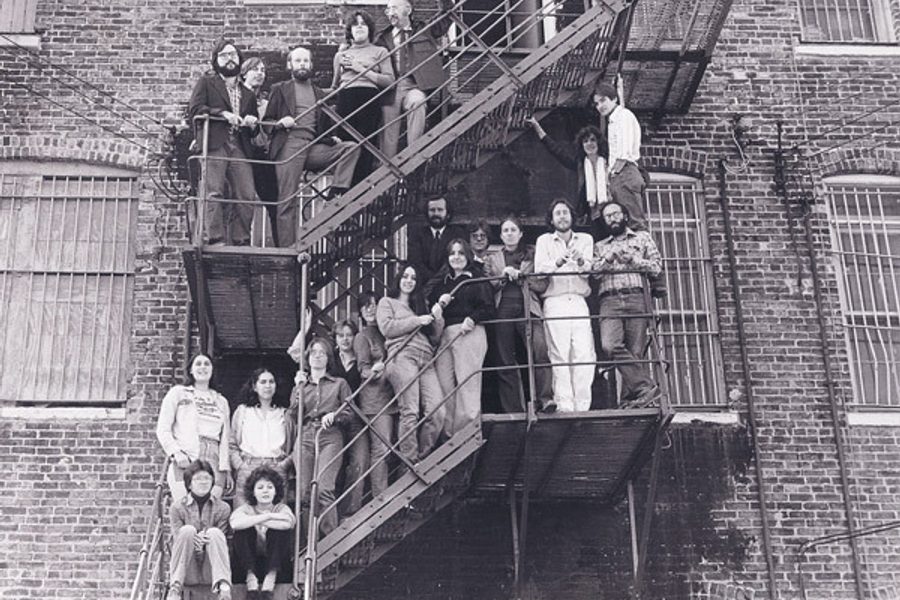
James Weinstein (known to all concerned as “Jimmy”) already had the idea of a socialist newspaper, modeled on the Socialist Party’s Appeal to Reason, when I first met him in 1969, but he didn’t really start thinking about starting one until he went away to England as a visiting professor in 1974 or 1975. We corresponded about it, and one of things we argued about was whether it should be an explicitly socialist newspaper. Given Americans’ identification of socialism either with the Soviet Union or the crazy Left, I thought it would marginalize the newspaper. Jimmy thought that without a specific political goal, the newspaper would be reduced to the various causes and groups that characterized the left, each of which clamored to be more important than the others. Jimmy’s concern was a precursor of the current concern about “identity politics” reigning supreme on the left.
Jimmy won the argument and in November 1976, In These Timespremiered as “the independent socialist newsweekly.” But by 1989, with Ronald Reagan in the White House, Jimmy came over to my side and a new subtitle, “With Liberty and Justice for All,” (from Pledge of Allegiance, written by Christian socialist Francis Bellamy) replaced the old. He did it for the same tactical reasons I had urged, but also because he had began to have doubts, as had I, about the model of socialism (featuring democratic central planning) that we had believed in. In later years, both of us moved farther away from our original socialist beliefs. Jimmy thought of socialism primarily as “socialist values,” and I defined myself as a Herbert Croly progressive.
I say all this because I think if Jimmy had started In These Times today, he and I would have agreed that it should be called “socialist.” The Bernie Sanders campaign has completely changed the discussion about socialism. It not only showed that the old stigma is disappearing, but that there is new, viable meaning to socialism based upon the achievements of European social democracy. These achievements, consisting of such things as a right to healthcare and education—regardless of income—are now under attack from business conservatives and from neoliberal converts among American Democrats (as well as European Labor and Socialist politicians) who believe that the needs of the global marketplace come first. I told Jimmy’s son and daughter last year that it was probably fortunate for them that Jimmy had not lived to see the Sanders campaign, because if he had, he would given his last cent to it. (That was in jest, of course.) The Sanders campaign was a vindication of his early vision of In These Timesand of a public socialist politics.






